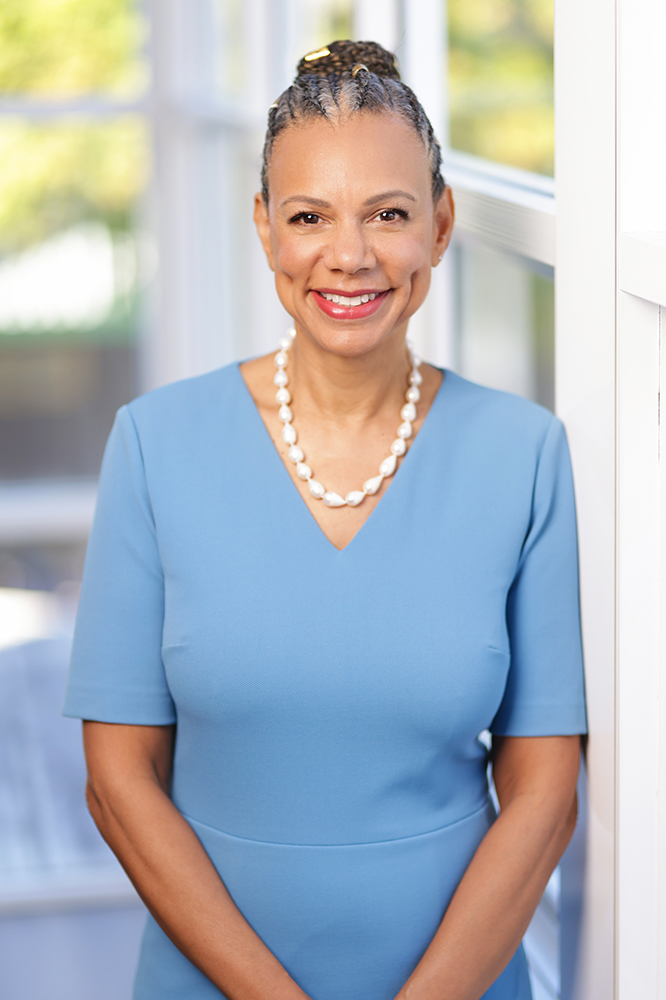Australia has one of the lowest breast reconstruction rates in comparison to other developed countries such as the UK and US. Only 17% of women having a mastectomy will have breast reconstruction in comparison to 3 of 10 in the UK and 5 of 10 in the US. There is significant variation with factors such as geographic location, costs and lack of awareness. For Australian women, it is important to understand your options at the time of diagnosis, especially breast reconstruction. The success of reconstruction depends on the success of the mastectomy and the type of mastectomy (see mastectomy to learn more).
There are several breast reconstruction options, and these can be separated into two main categories, implant-based (using an implant) or autologous based (using your own tissue). There are advantages and disadvantages to both, and several factors that influence the best option for you to be considered.
Below are examples of implant-based reconstruction options using skin sparing mastectomy with subpectoral reconstruction (the implant behind the muscle), nipple sparing mastectomy with subpectoral reconstruction, and nipple sparing with pre-pectoral reconstruction (implant in front of the muscle). These options may vary depending on various factors that are discussed at consultation.
Dr. Dauway performs implant-based reconstruction and works with a team of plastic reconstructive surgeons that offer tissue based autologous reconstruction to achieve the best result possible for you.

